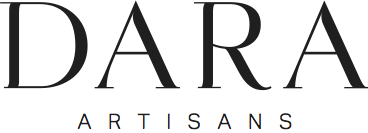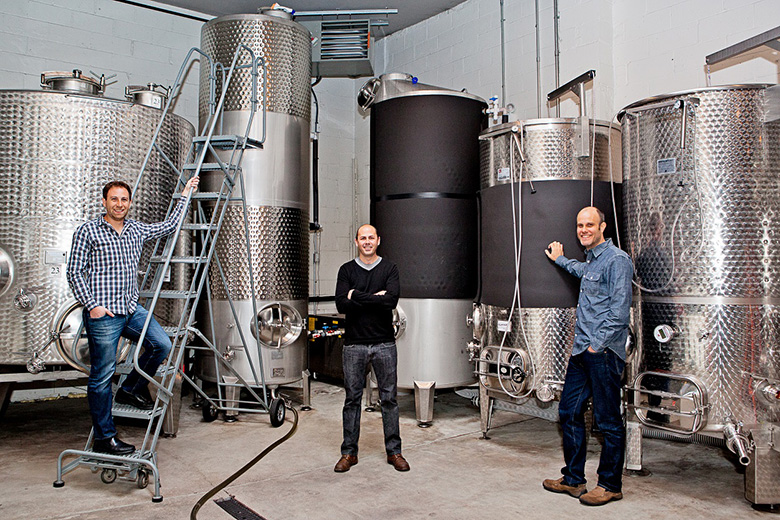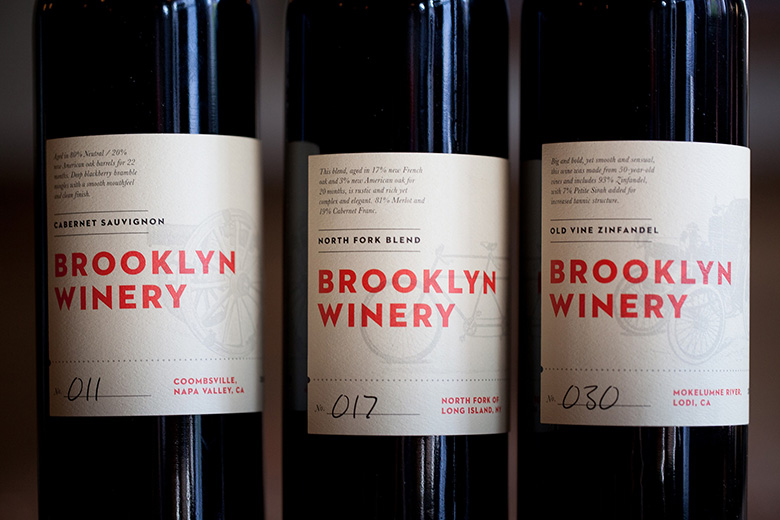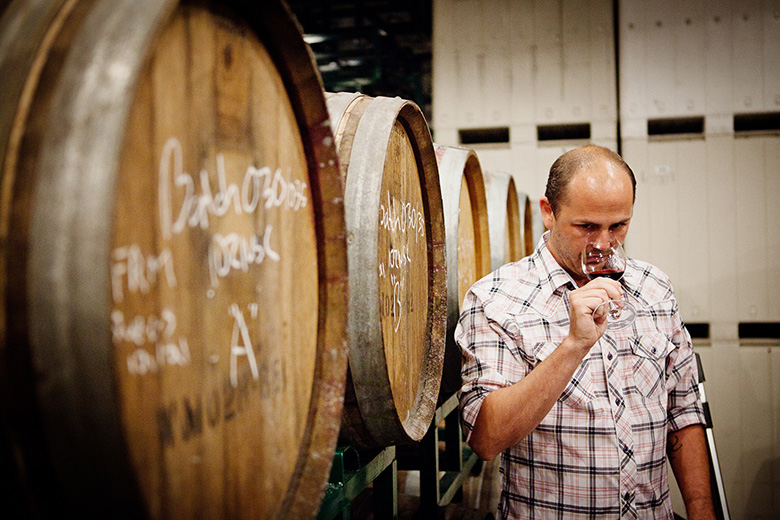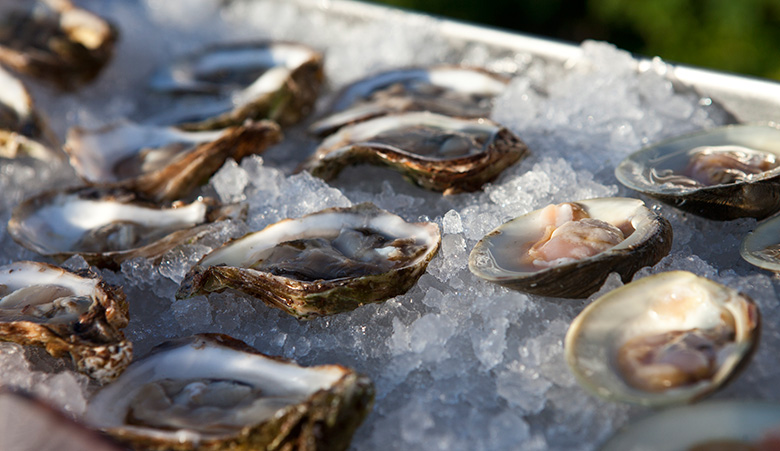A New York City Appellation: Brooklyn Winery
Exploring the urban winery’s unique winemaking style—which happens to pair quite well with oysters.
Walk into Williamsburg’s Brooklyn Winery for a wine paneling and you may be impressed with a space that’s lovely if somehow out of place. Sure, some elements are familiar: pressed-tin ceilings, rustic wood paneling (sourced from old church pews), vintage industrial furniture, and a healthy smattering of exposed brick. Perhaps the sense of dislocation is due to the fact that New Yorkers don’t expect to stumble in on fully operational wineries—or, for that matter, 8,500-square-foot spaces—steps away from teeming Bedford Avenue.
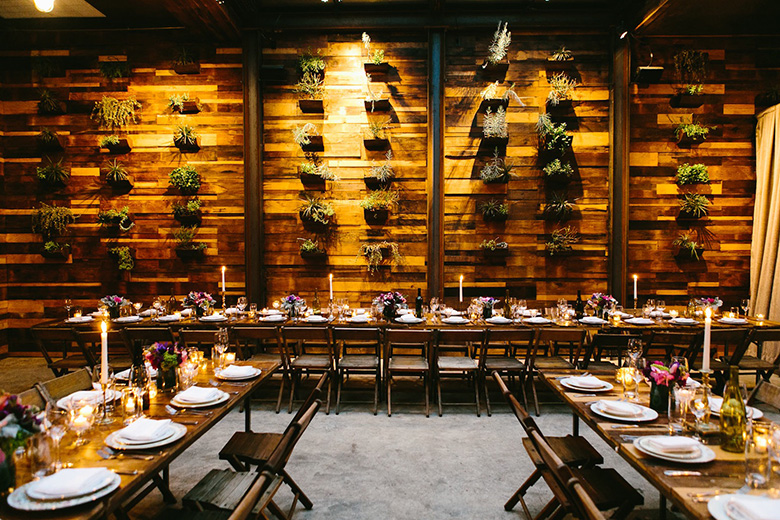
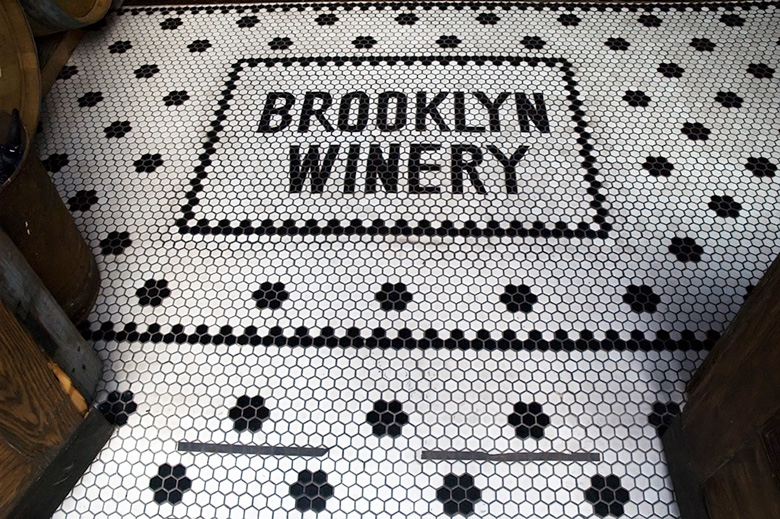
Brooklyn Winery is the brainchild of founders Brian Leventhal and John Stires, former colleagues at a tech start-up who began dabbling in “rudimentary” winemaking outside of work for fun. “We just kind of fell in love with the process and experience of creating,” Leventhal says. “It kind of got us thinking: Why doesn’t some kind of winemaking operation exist in New York City?”
“We just kind of fell in love
with the process and experience of creating.
It kind of got us thinking: Why
doesn’t some kind of winemaking operation
exist in New York City?”
________
Their first task: recruiting a head winemaker. Conor McCormack, a Northern California native with extensive winemaking experience, had been working at an urban winery in San Francisco when they were introduced. He came on board in March 2010. Six months later, Brooklyn Winery was in production, with everything from de-stemming to bottling happening in the space. It’s a small batch operation, with runs as small as 25 cases and as large as 1,900 cases.
To be sure, a vineyard does not grow in Brooklyn. McCormack sources his grapes from vineyards in both upstate New York and California. (The split is generally white from New York, red from California, with some exceptions, such as their North Fork Merlot / Cabernet Franc blend.) “It’s fun—and challenging—for me as a winemaker, as I’m in three to four distinct AVAs [American Viticultural Areas],” McCormack says. “I also always keep my AVAs separate—I won’t blend a California Cab with a North Fork Merlot—and I bottle AVA-specific, so as to showcase that particular region.”
Leventhal concurs. “You can’t go to any individual winery, really, and have such a diverse portfolio of products,” he says. “Our customers get this really interesting experience: They get to understand, through tastings, the differences in regions, as well as winemaking techniques.” One example is Brooklyn Winery’s Finger Lakes Riesling, which is created through three different techniques—stainless steel aging, oak barrel fermenting, and skin-on fermenting—resulting in three unique profiles.
McCormack’s treatment, however, is a welcome consistency. “The common link between everything is my general approach—it’s pretty hands-off. I don’t like mashing a grape into something it doesn’t want to be. It’s more like gentle guidance. I like clean. I want to know what the fruit says.”
That means you won’t find a heavily oaked Chardonnay in the Brooklyn Winery portfolio: When barrel aging, McCormack favors neutral vessels (used, not new). “I don’t like a lot of new oak,” he says. “A little bit is good to help with structure, but for the most part it’s too dominant: It sits over the fruit, which I don’t love.” It’s an inclination the Brooklyn Winery customer appreciates, too. “I think it’s specific to a modern palate, but specifically to New York City,” McCormack says.
It’s clear, then: Although its vineyards might be elsewhere, Brooklyn Winery’s roots are firmly entrenched in New York City.
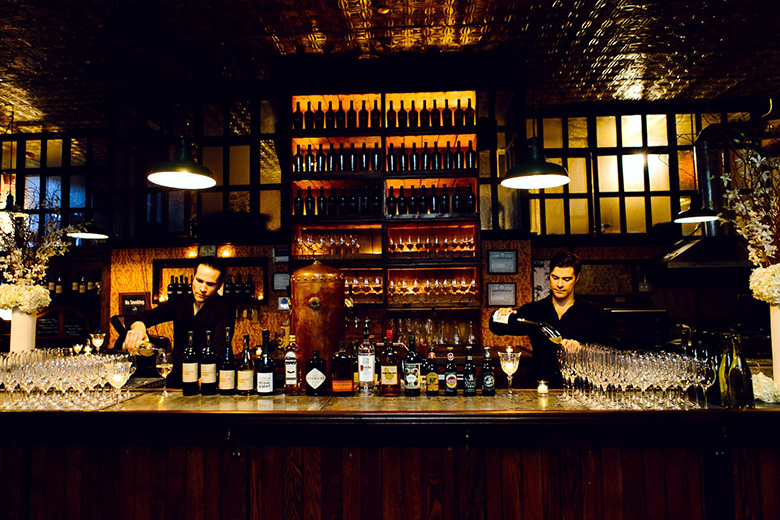
“Part of this leaner style, higher acidity, lends itself to food really well—which the city is obviously so big on,” Leventhal says. “Our wines all do really well with food. If you have a very big, oaky, tannic red wine, sure, they are some foods that can handle that, but you’ve got to be eating something pretty heavy. We’ve kind of pulled back from that eating culture here and I think this shift lends itself this style of winemaking.”
“As with any other food pairing,
it’s all about matching the intensity. We looked
for wines that matched the particular
elements of each oyster, whether that was its
brininess or creaminess.”
________
This relationship between food and wine is celebrated at Brooklyn Winery through a variety of channels, one of which is special events. We recently attended one such event, an oyster and wine pairing featuring wild oysters courtesy of Blue Island Oyster Company. The selected varietals—hand collected by scuba divers—arrived the morning of the event and were paired on the spot by McCormack and team. “As with any other food pairing, it’s all about matching the intensity,” McCormack says. “We looked for wines that matched the particular elements of each oyster, whether that was its brininess or creaminess. All the wines tonight are bone dry. No sugar whatsoever, crisp and clean.” He smiles. “Once you get into sugar, that makes pairings more difficult.” No nonsense, straight to the point—like a true New Yorker, indeed.
Brooklyn Winery and Blue Island Oyster Company Oyster Pairings
2012 Stainless Steel Chardonnay, Finger Lakes & Tomahawk Oyster, Long Island
“This was actually a difficult one to figure out. The brightness and the acid level of this wine complement the Tomahawk’s seaweed finish. The finish is pretty prominent, so you need something that’s really crisp to cut through it. The Stainless Steel Riesling, which is more acidic, didn’t work—it made everything too salty and too briny.”
2012 Barrel Fermented Riesling, Finger Lakes & Blue Island Oyster, Long Island
“Something to note when you’re looking for pairings is a give and take, so you go back and forth from oyster to wine, oyster to wine. No one component is too dominant. This wine is a little less acidic, a bit creamier. That worked with the sweetness of this oyster.”
2012 Stainless Steel Aged Riesling, Finger Lakes & Mermaid Cove Oyster, Prince Edward Island
“This is a brighter, cleaner, fruity wine than the barrel fermented Riesling, which has some nutty and honey components. The acidity of this wine matches the brine of this oyster really well, almost mellowing it out.”
2013 Rosé of Cabernet Sauvignon, Sonoma & Rocky Reef Oyster, Long Island
“This is our most unusual pairing, and I’m really happy with how it turned out. We tried a couple of different things, but landed on our Rosé of Cabernet Sauvignon. This is a really different rosé. It’s really earthy—it has a little bit more weight to it than you’re probably used to, and isn’t as fruity and clean. The Rocky Reef has an earthy element to it as well—a heavier, darker component—so it matched it perfectly.”
Photographs by Rima Brindamour
